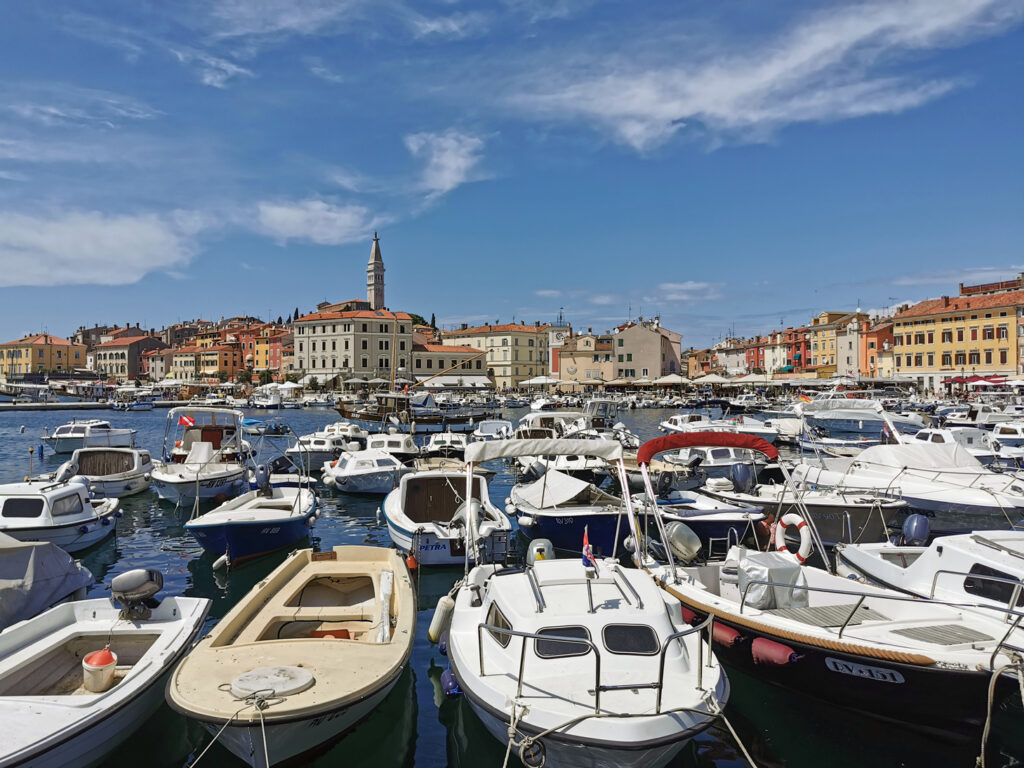Of all the countries that formerly made up Yugoslavia, Croatia is arguably the one that has since developed the farthest. After declaring independence in 1991 and suffering through four years of war, the country has quickly stabilized politically and has since joined NATO in 2009 and the European Union in 2013 after a successful referendum. In economic terms, Croatia has experienced a rather steady GDP growth, with tourism being a major contributing factor – the country now ranks among the twenty most visited countries in the world.


In previous centuries, today’s Croatia (called Hrvatska in the local Croatian language) underwent a series of rulers and country affiliations. Apart from maintaining good relations to other former parts of Yugoslavia including Serbia, Bosnia and Slovenia, Croatia has historic ties to Hungary and Austria which can still be felt and seen in parts of the country.
Croatia has a very diverse economy that is largely based on the service sector, with tourism revenues accounting for some 20% of the nation’s revenues. Other than that, the petroleum and shipbuilding industries are major factors. Croatia has announced the intent to join both the Schengen zone and the Euro area in the near future.




Most Croatia tourists are attracted by the peninsula of Istria in the westernmost part of the country. Istria features a long coastline at the Adriatic Sea with a range of beaches. Several picturesque towns with historic cores dot the coastline and are tourism hotspots as well as attractions in their own right. These include Porec, Rovinj and Pula.
Farther south, the city of Dubrovnik has earned recognition all over the world, thanks to having been the shooting location for blockbusters such as Game of Thrones and Star Wars Episode VIII. In the western half of Croatia, the capital Zagreb and several National Parks and nature areas are particularly popular with visitors.
| Population | Area | Currency | EU member | Schengen area |
| 4.058.200 | 56.594 km² | Kuna | yes | no |
List of articles on Croatia: